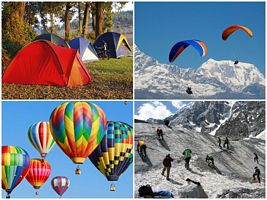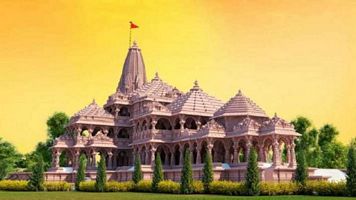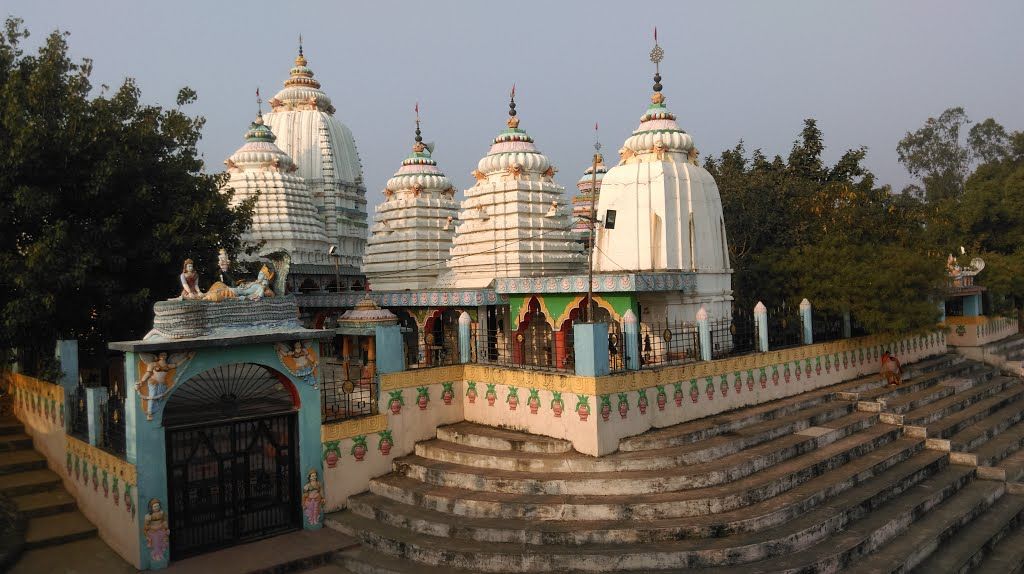Khandwa Tourism
Khandwa is a city located in the western part of Madhya Pradesh. It is known for its rich history, stunning temples, and beautiful natural scenery. The city is also known for its production of cotton, wheat, and other agricultural products. The most notable attractions in Khandwa are the Nav Chandi Devi Temple, the Omkareshwar Temple, and the Dada Darbar.













